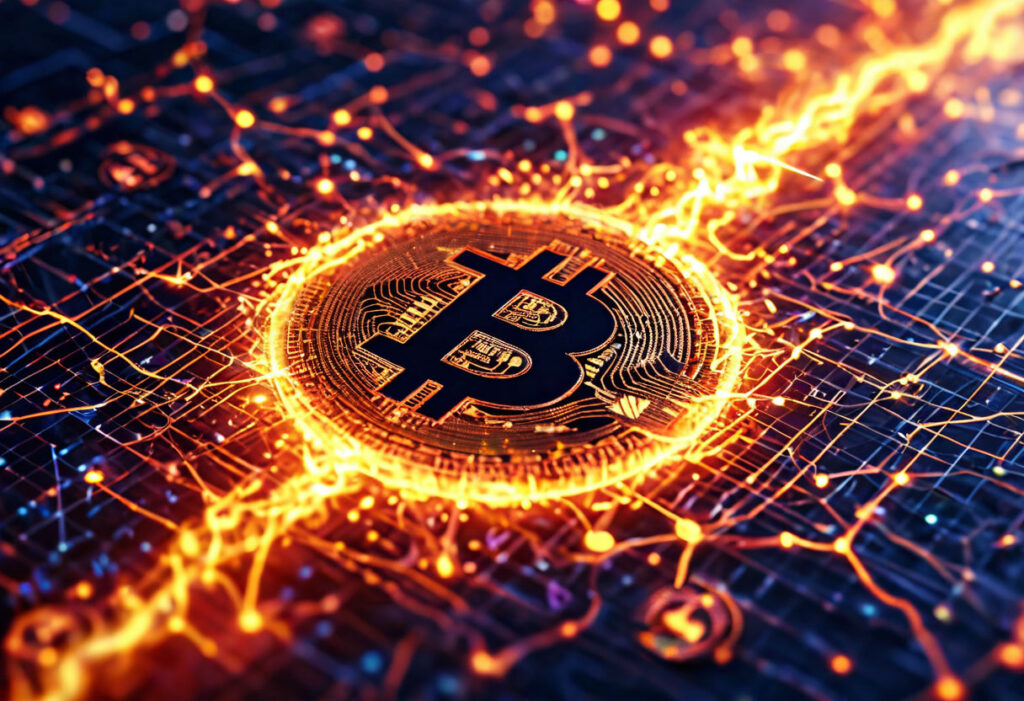Introduction to Token Buybacks and Burns in Crypto Markets
Token buybacks and burns are key mechanisms in cryptocurrency projects to reduce circulating supply and boost value. These strategies create scarcity, similar to stock buybacks in traditional finance. For example, the World Liberty Financial WLFI token, backed by the Trump family, recently approved a buyback and burn program after a 41% price drop in September 2025. This initiative uses fees from liquidity positions on Ethereum, BNB Chain, and Solana to purchase WLFI tokens on the open market, permanently removing them. Anyway, the community supported this with 99% approval, aiming to stabilize prices. Evidence shows such moves can absorb selling pressure, but results vary. For instance, Ronin’s RON buyback led to a short-term price spike, highlighting market volatility. Overall, token buybacks reflect efforts to combat downturns, but effectiveness depends on demand and transparency.
How Buybacks and Burns Work
- Projects repurchase tokens from the market.
- Tokens are sent to unusable addresses to reduce supply.
- This can increase value if demand stays constant.
Market Dynamics and Price Impact of Supply Reduction
Supply reduction through buybacks and burns directly affects token prices by decreasing available units. In WLFI’s case, daily burns could eliminate 4 million tokens, reducing total supply by nearly 2% annually. Analytical data from CoinGecko confirms the 41% drop was due to market sell-offs. The buyback, funded by treasury liquidity fees, aims to make the asset scarcer. Supporting examples include Ronin’s buyback, which caused an 11% price increase briefly, and Hyperliquid‘s HYPE token, where large vesting creates sell pressure. However, without strong fundamentals, buybacks may only offer temporary relief. WLFI previously burned 47 million tokens without stopping declines. Thus, supply shocks can cause volatility, but holistic analysis is needed for long-term impact.
Key Factors in Price Changes
- Constant demand with lower supply often raises prices.
- Market sentiment and external factors play big roles.
- Short-term gains might not last without utility.
Governance and Community Involvement in Decision-Making
Governance in decentralized projects lets communities vote on decisions like token buybacks. WLFI’s proposal passed with 99% support, showing holder alignment. This approach uses fees from controlled liquidity pools for burns, promoting transparency. Evidence indicates only WLFI pools are included, which targets the initiative but could seem centralized. Compared to projects like Hyperliquid, where teams decide vesting, community governance incorporates diverse views. High approval rates might indicate herd behavior, though. Expert quote: “Community-driven governance enhances trust but requires careful oversight to avoid groupthink,” says a crypto analyst. In synthesis, good governance balances input and strategy for project health.
Regulatory and Political Influences on Crypto Projects
Regulations and politics greatly impact crypto, as with WLFI’s Trump backing adding scrutiny. The U.S. GENIUS Act aims to clarify stablecoin rules but adds complexity. Clear rules, like the EU’s MiCA, can reduce uncertainty and attract investment. For WLFI, political ties might boost credibility but increase volatility during shifts. Evidence includes economist warnings about regulatory overreach risks. Policies like the GENIUS Act have boosted synthetic stablecoins, showing unintended effects. Expert quote: “Political endorsements can drive initial interest but often lead to heightened regulatory attention,” notes a financial expert. In summary, adaptive strategies are key to navigating these influences while maintaining integrity.
Comparative Analysis with Other Token Initiatives
Comparing WLFI’s buyback to others reveals best practices. Ronin’s $4.6 million RON buyback reduced supply by 1.3%, causing a brief price surge. Hyperliquid’s HYPE faces challenges from $11.9 billion vesting unlocks. Projects like TON Strategy use corporate treasury tactics with staking revenues. Evidence shows buybacks alone may not work; WLFI’s past burns didn’t prevent declines, stressing the need for utility. Data on network activity supports this. Divergent views highlight that strong fundamentals help success. This comparison shows context matters, not one-size-fits-all solutions. In synthesis, evaluate initiatives holistically for accurate impact assessment.
Examples of Token Initiatives
- Ronin: Short-term gain from buyback.
- Hyperliquid: Struggles with large unlocks.
- TON Strategy: Integrates traditional finance methods.
Future Outlook and Risk Considerations for Crypto Markets
The future of crypto, including WLFI, hinges on regulation, tech advances, and institutional adoption. Predictions like Arthur Hayes’ bullish HYPE outlook must weigh risks like security breaches or downturns. Supply reduction with utility could aid long-term value. For WLFI, the buyback might help recovery, but fee uncertainties pose risks. Evidence includes Solana‘s rebounds from sell-offs and bearish views on token unlocks. Over-reliance on hype without substance risks disillusionment, as in WLFI’s transparency issues. In synthesis, a cautious, data-driven approach manages risks while seizing opportunities in volatile markets.
Risks to Watch
- Regulatory changes can disrupt operations.
- Economic downturns may reduce investment.
- Lack of utility leads to value erosion.

